What Size Sd Card For Digital Camera
Accept you e'er felt confused by all the brands, sizes, or types of retention carte du jour for your camera? Which carte du jour gets the best out of your digital camera?
Today we'll clarify all the questions that might arise, and provide some memory menu recommendations.
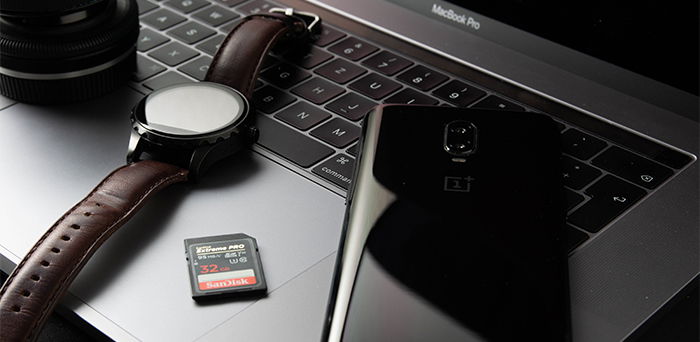
[Notation: ExpertPhotography is supported by readers. Product links on ExpertPhotography are referral links. If you use one of these and buy something, we make a piffling chip of money. Need more info? Run across how it all works hither.]


Memory Carte du jour Types
The beginning, about basic thing is the type of memory card your digital photographic camera accepts.
In most consumer-oriented cameras, information technology'southward a single SD card. That's the ane type that you lot've undoubtedly met before. Just there are many more than. Hither'due south a list on the main carte du jour types that at to the lowest degree a few cameras utilize:
SD Cards
SD-blazon retentivity cards are the nigh popular and wide-spread format memory carte blazon. They range from inexpensive to high-finish, fast cards. The first generation is standard SD. They go up to 2GB in size.
SDHC and SDXC cards are bigger. SDHC ranges from 2GB to 32GB, SDXC is anything above 32GB.
In terms of speed, at that place are five categories.Default Speed andHigh Speedwere introduced with the SD card standard. Ultra High Speed or UHS (I-II-III) cards are bachelor in SDHC and SDXC.
A UHS-I memory slot is in most modern cameras, which allows for 104 MB/s information transfer. MB/s and Mb/south are different units. MB/southward is 8 times faster. UHS-2 and UHS-Iii are quicker and used in semi-pro or pro cameras.
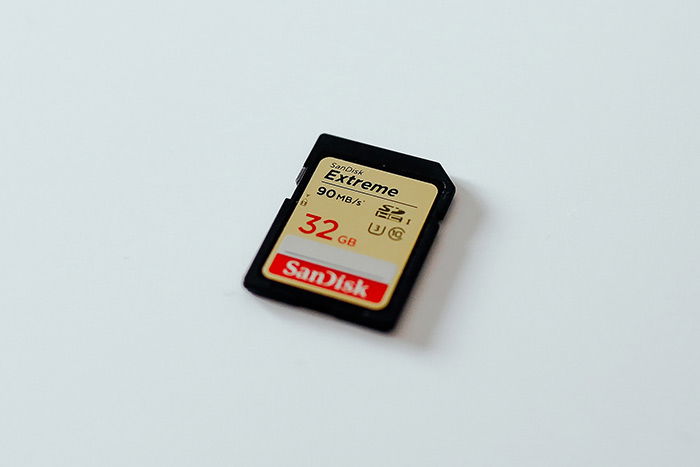
MicroSD Cards
MicroSD cards are the niggling brothers of SD memory cards. Apart from widely being used in smartphones, some smaller cameras have them too. You'll likewise find microSD carte slots in almost all drones.
Speed ratings and classes are like to those of an average size SD card.
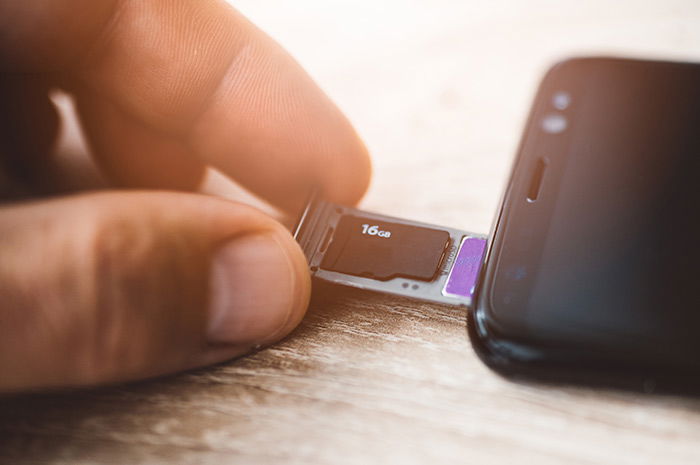
CF Cards
The start DLSRs introduced Compact Flash (CF). It is physically of greater size than an SD menu. Traditional CF retention cards are currently existence phased out, merely some cameras yet utilise information technology. Notably, Canon'southward flagship 5D MkIV and 1DX MkII bodies both accept CF in 1 of their slots.
Speed-wise they sit between the UHS-I and UHS-II SD carte. The upper limit for CF is 160 MB/s.
If you take a digital camera that uses CF, you'll demand an external card reader. You lot tin can't plug them directly into a laptop, like an SD card.
They are being replaced by CFast cards, which look identical but employ different protocols.
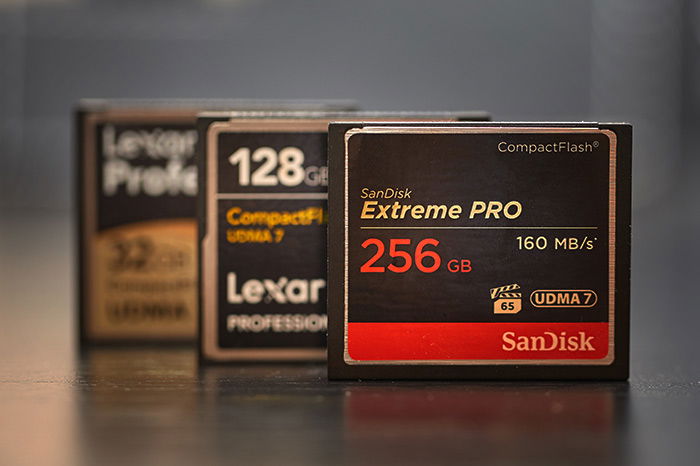
CFast Cards
CFast cards are the latest derivation of the CF format. They have identical size and design merely utilise SATA protocol, like computer hard drives. So, you cannot interchange them despite looking like. CFast improves significantly upon CF in terms of speed. The all-time CFast memory cards currently on the market reach writing speeds around 400 MB/due south. You tin find a CFast menu slot, nigh notably in the Canon 1DX MkII. It'south widely used in professional movies and broadcast cameras, equally well.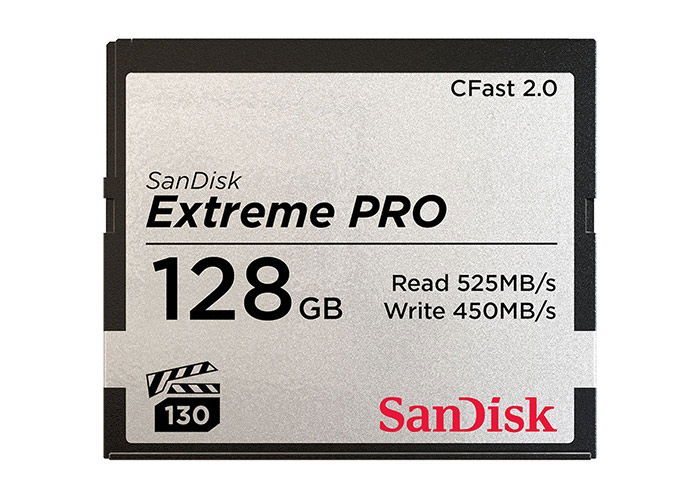
XQD Cards
The first XQDcards were released in 2012. They have a completely new form factor and offer first-class writing and read speeds.
You can find XQD retentivity cards in some professional cameras. Nikon has used them since 2017. For example, in the D500, the D850, the D5, the Z6, and the Z7.
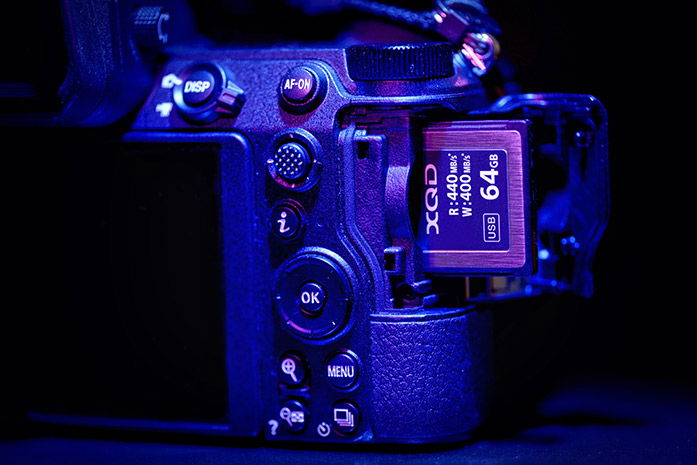
CFexpress Cards
CFexpress cards are not a continuation of the CFast, as the name suggests. The format has been developed equally the successor for the XQD, offering blazingly loftier speeds.
Cameras with XQD slots volition exist compatible with CFexpress, as well. You need a software update for that.
The first digital photographic camera to exclusively use dual CFexpress cards volition exist the upcoming Canon 1DX MkIII. The photographic camera volition record RAW 4K video, and then a high-speed course card is crucial.
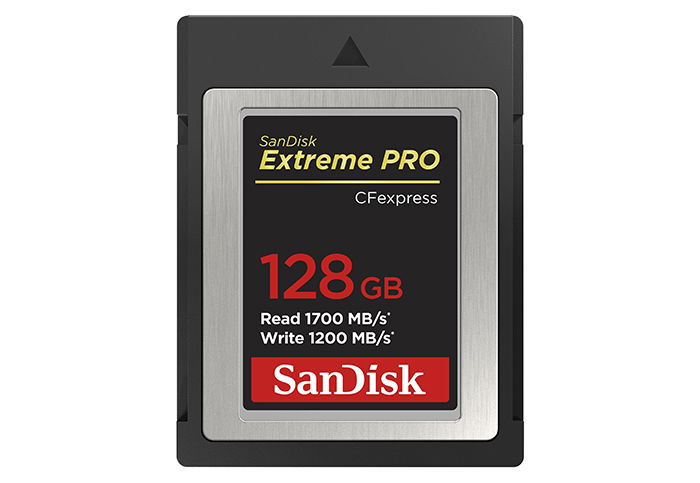
How to Decide Which Carte to Buy
So far, we take covered all memory card types that you'll potentially see in a digital camera.
To find the best memory card for your camera, yous have to consider a few aspects:
i. Size
Think about how many photos y'all want to have on a single occasion.
Take a wait at the file sizes your camera produces. A standard, 20MP jpg file is around 10-15 MB. Raw files vary a lot in size. They can be anywhere between 25 MB and 150 MB. It depends on resolution, bit depth, and compression.
Multiply this file size past the number of photos you'll take. Shooting videos alongside photos makes the equation a bit more complicated. If you lot're planning on that, count with slightly bigger retentivity cards.
So, you can summate your ideal retentivity bill of fare size. Simply the world is not perfect, you take to take condom into account.
If you have a single slot in your camera, you will non want to buy a single, large memory card for your photographic camera. If that card goes missing or broken, yous volition lose all your data. And so instead, we recommend purchasing a few smaller retentiveness cards.
You can swap them on the run, and even back them up at the same time.
If y'all've got dual slots, this is not an consequence. Record to both of them simultaneously, and you're proficient to go. You tin buy two large retention cards.
2. Speed
Kickoff, it's important to distinguish between writing and read speeds. The read speed is usually printed onto the memory cards in large. Merely, it'due south not what y'all're looking for.
Writing speed is much more critical. It sets your limitations in terms of recording photos or videos.
Consider whether yous want to shoot a loftier framerate burst. Photographing wildlife, sports, or action unremarkably requires that. In that example, you'll need the fastest carte du jour your camera tin can handle.
Have a glance at the specifications of your camera – maximum writing speed should be in that location. Alternatively, you lot can calculate it yourself. Multiply the biggest possible file size by the highest frame charge per unit. Then, cull a menu that has writing speeds slightly above that.
Video recording, notably 4K, also requires fast cards. In that case, accept a look at your bitrate, and choose your carte accordingly. The writing speed of the bill of fare should at least match the bitrate. Note that writing speeds are usually given in MB/s. Bitrate is marked in Mb/s.
If yous're not doing either of these, don't purchase an expensive loftier-speed retentiveness card for your camera. Buying reliable products is essential, though.
three. Quality
In terms of reliability and immovability, retentiveness cards tin can vary a lot. Information technology's non an outcome with newer, top-class formats similar XQD or CFast. But it'southward very much an outcome with the CF and SD card.
If y'all're buying cards from well-known brands, you're adept to go. Sandisk, Lexar, Kingston, and Transcend are renowned manufacturers.
Earlier purchasing a memory carte from a less-known make, do a little research almost information technology. Check the ratings on Amazon, as well as user reviews.
As well, if yous're not buying directly from an authorized dealer, take extra care. SD cards are peculiarly piece of cake to apocryphal. You might still get a working retention carte for your camera, but information technology can be slow or dice in a few days.
Our Recommendations
And so, without specific ranking, here's a quick list of the cards nosotrosutilise and trust.
Source: https://expertphotography.com/memory-card-for-camera/
Posted by: rollinghend1996.blogspot.com

0 Response to "What Size Sd Card For Digital Camera"
Post a Comment